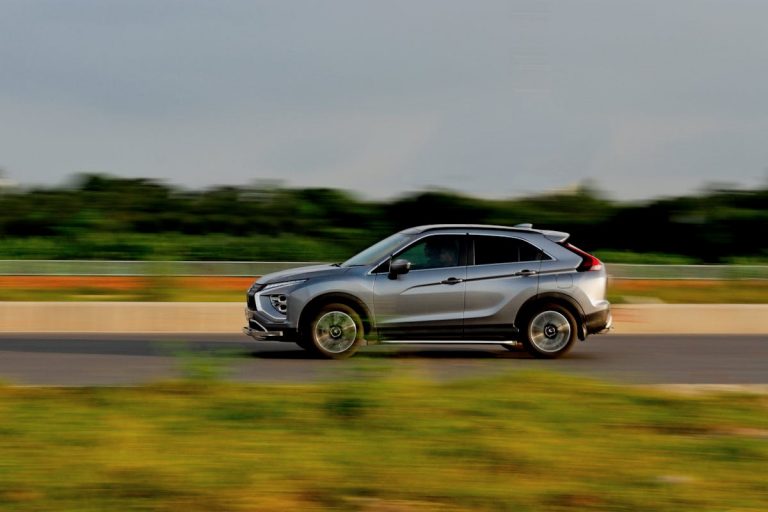Driving barefoot is legal in all U.S. states. It is advised to wear appropriate footwear for safety. High heels, flip-flops, and loose shoes can impair driving safety. Driving barefoot may risk foot injuries and lessen brake force application. Understanding these safety implications is crucial for responsible driving.
Understanding Traffic Laws
Navigating traffic laws reveals complexities, especially regarding the legality of driving barefoot. While often legal, driving without shoes isn’t advisable due to potential control impairments, impacting road safety and traffic flow. Traffic etiquette, essential for safety, encourages responsible driving. Violating traffic laws can lead to severe consequences, including fines, points, or license suspension. Understanding these laws ensures compliance and promotes safe driving practices.
The Myth of Barefoot Driving
No U.S. state bans barefoot driving; this misconception likely arises from unfounded safety concerns. Evidence does not confirm that shoeless driving reduces vehicle control. Advocates claim barefoot driving enhances pedal sensitivity, potentially improving vehicle control through better tactile feedback. Ultimately, whether to drive barefoot or with shoes depends on personal comfort and control preferences, not legality. Dispelling the barefoot driving myth requires factual clarity.
State Regulations on Footwear
No state bans barefoot driving; however, regulations exist that discourage wearing high heels, flip-flops, or loose shoes while driving due to risks of these shoes slipping off or lodging under pedals, potentially causing accidents. Some states recommend wearing socks for better grip and protection, though the effectiveness of socks in providing sufficient traction, especially during emergency braking, remains debated. These regulations aim to enhance driving safety by promoting the use of appropriate footwear.

Potential Risks of Shoeless Driving
Barefoot driving lacks explicit legal bans but poses several risks. Advocates claim it improves pedal control by eliminating footwear interference. However, critics highlight dangers like foot injuries from vehicle debris such as glass or metal, which can impair driving ability. Additionally, barefoot driving may cause foot cramps or fatigue, reducing braking or accelerating efficiency, especially on long trips. Despite increased pedal sensitivity, the absence of protective footwear raises injury risks in accidents and may hinder necessary force application on brakes during emergencies.
Shoe Recommendations for Drivers
What are the best shoes for drivers to ensure safety and comfort? The ideal choice balances comfort and essential functionality. Shoes must be comfortable to avoid fatigue on long drives, featuring lightweight materials and cushioned insoles. They must also guarantee pedal sensitivity, essential for control. Thin, non-slip soles are ideal, allowing drivers to feel and accurately control the pedals. Recommended options include driving moccasins, racing flats, and select loafers, all with supple uppers and thin soles for optimal comfort and pedal control. Conversely, flip-flops, high heels, and heavy boots should be avoided due to their potential to impair control and entangle with pedals.
Frequently Asked Questions
What Happens if I Get Into an Accident While Driving Barefoot?
Driving barefoot is not illegal, but in the event of an accident, pedal sensitivity and the lack of footwear might be investigated, potentially influencing the outcome related to pedestrian safety.
Are There Specific Types of Shoes That Can Improve Driving Performance?
Yes, specific shoes enhance driving performance. Thin-soled shoes increase pedal sensitivity; non-slip materials ensure better grip, minimizing foot slippage.
Is It Safer to Drive With Socks on or Barefoot?
Driving barefoot increases pedal sensitivity; however, wearing appropriate footwear enhances both safety and control.
Can Driving Barefoot Impact My Car Insurance Policy?
Driving barefoot is not typically illegal. However, it can affect your car insurance policy. Insurers may claim that barefoot driving contributed to an accident, potentially influencing claim outcomes.
Do Driving Schools Teach About Footwear and Its Impact on Safe Driving?
Driving schools typically teach footwear restrictions to enhance pedal sensitivity and promote safe driving, although the depth of instruction varies.





